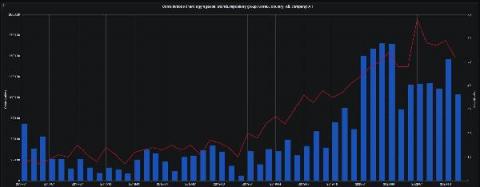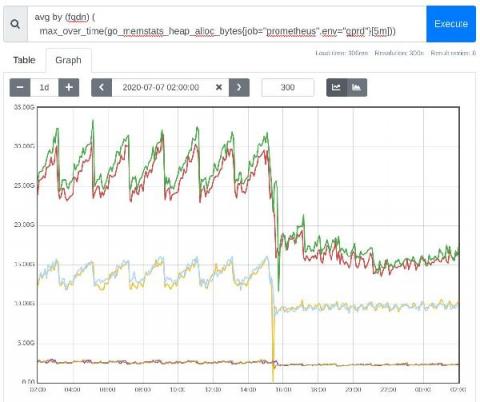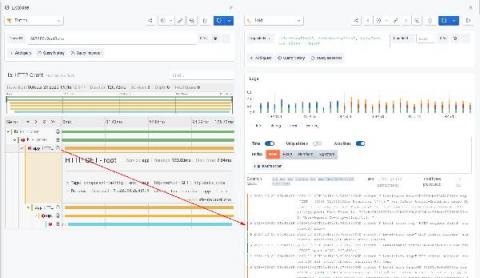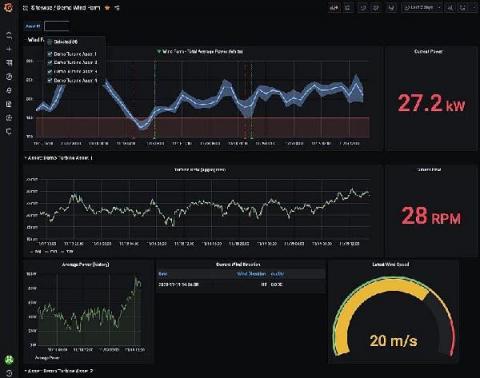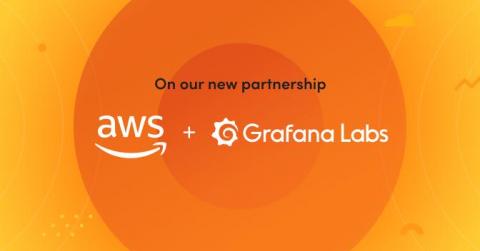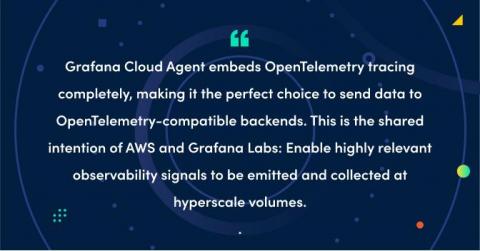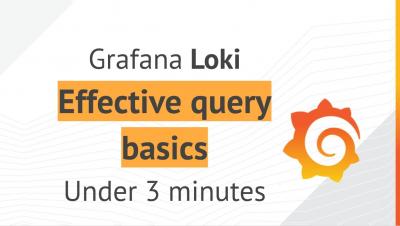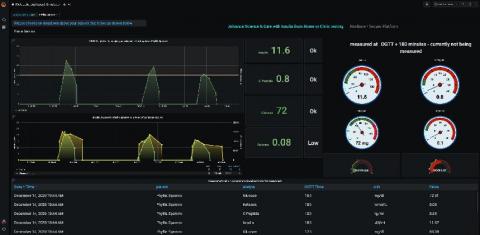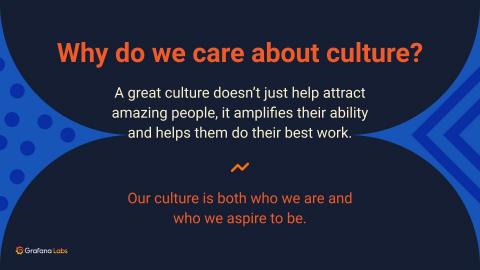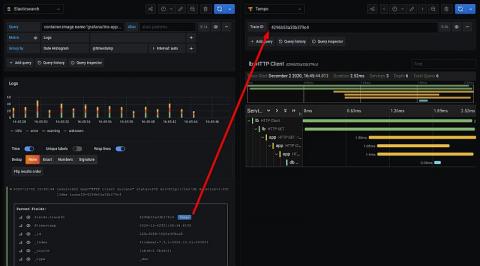Loki 2020 year in review
What a year 2020 has been for Grafana Loki! Just a little more than a year ago, we announced Loki’s 1.0.0 GA release. We’re excited to report that 2020 brought a big uptick in its adoption (users have quickly realized the advantages of a small index—plus, Loki has non-technical advantages, too); significant performance enhancements; and the recent release of Loki 2.0.



